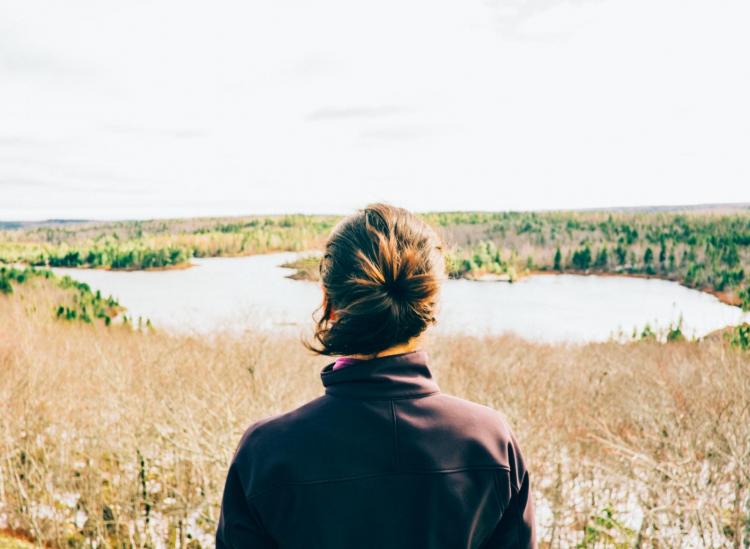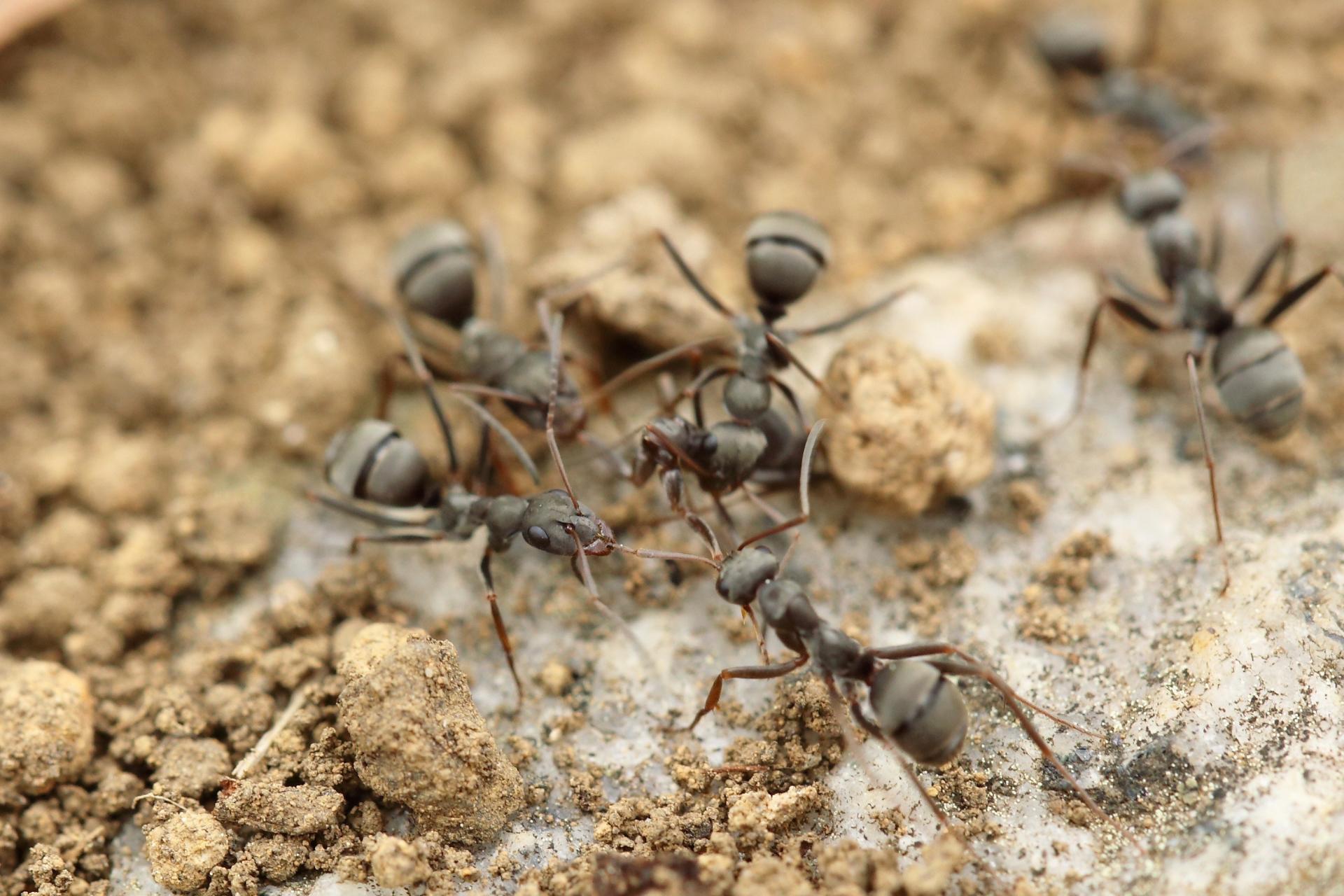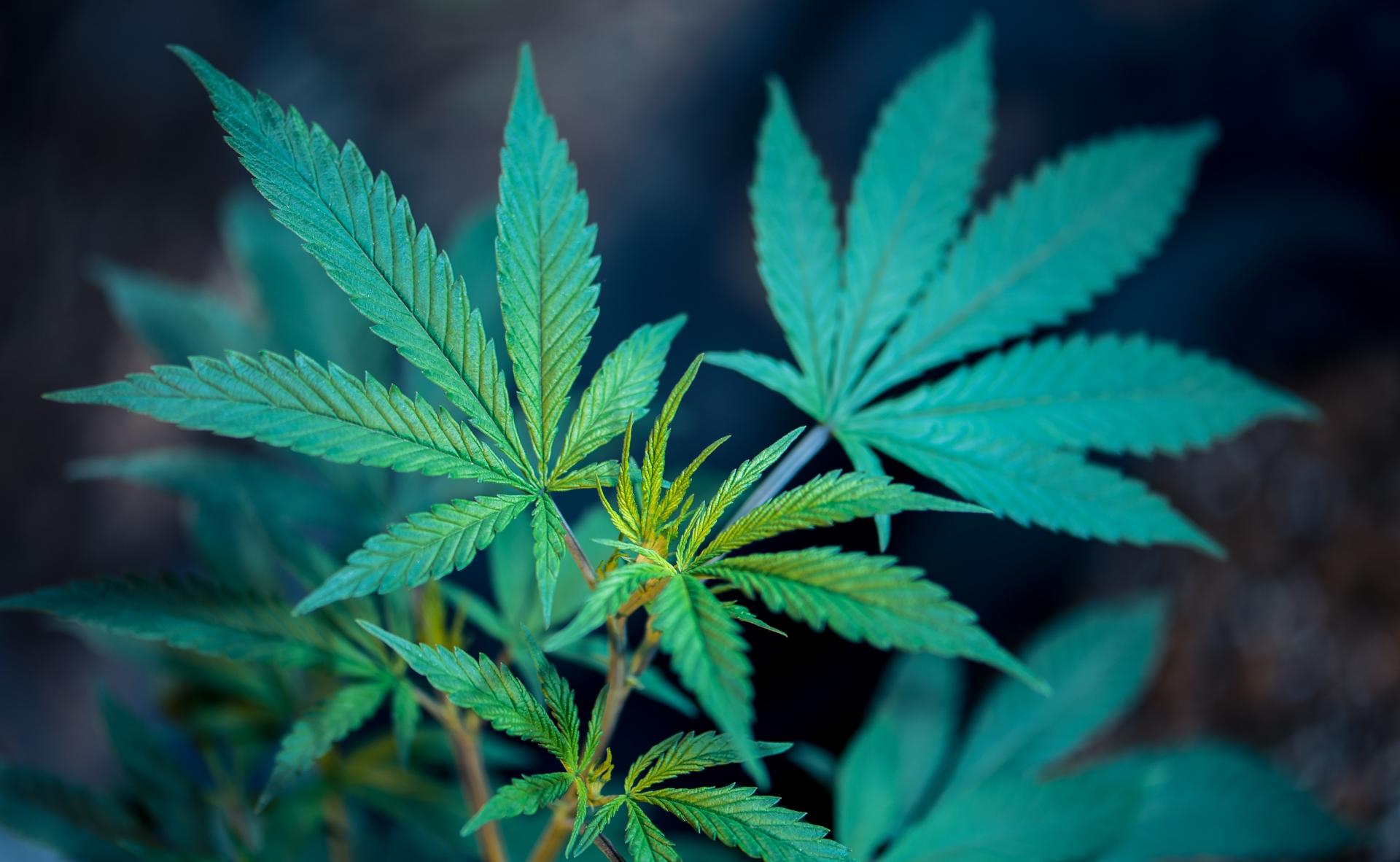7 Wellness Trends To Watch For In 2019

Unsplash/Tim Foster
The new year is quickly approaching, and wellness junkies everywhere are chomping at the bit to find out just what it’ll bring to the health space. In 2018 we saw weightlifting officially become accessible to more than just bodybuilders and a focus on mental health finally took center stage. But what do we have to look forward to in 2019? From sleep to nutrition to fitness to general well-being, here are the top seven trends that all health nuts can anticipate as we ring in the new year.
1. Expect one-stop shops for holistic health.

Pexels/Luis Quintero
Your chiropractor, group fitness instructor and healthy juice bar will all come together under one roof come 2019. As our lives become increasingly filled with distractions and our free time becomes more limited, it’s only natural that we’d want all of our wellness needs conveniently met in one spot. And companies are recognizing the benefits that come along with more holistic wellness spaces, too.
For example, co-working space WeWork recently opened a spa-cafe-studio hybrid in lower Manhattan called Rise that’s meant to hit all three pillars of wellness: regeneration, nutrition and movement. You can go there to chat with friends, get a great workout in, eat a healthy lunch and spend time relaxing in the steam room all in one location. Even cutting-edge fitness giant Equinox is including meditation on its roster of group fitness classes, proving that all aspects of wellness are being integrated now more than ever.
At this point, most of us know that being healthy doesn’t just mean having a fit body, and it’s encouraging that health clubs are evolving to help us in our pursuit of more holistic wellness.
2. Oat milk is the new almond milk.
View this post on Instagram
It’s no secret that non-dairy milk alternatives have steadily increased in popularity over the past couple of years. Sales for soy, almond, coconut and rice milk grew by 61 percent between 2012 and 2017 and they’re predicted to continue to grow steadily for the next several years. Almond milk reigned supreme as the go-to substitute for cow’s milk in 2018. However, with the rise in popularity of brands like Oatly!, oat milk will likely become the new crowdpleaser in 2019.
Back in September, Oatly! announced that it would be increasing its oat milk production by 1,250 percent to meet increasing demands. And big-name brand Quaker announced that it will be launching its own version of oat milk in the new year. How does this plant-based beverage stack up health-wise, you ask? Nutritionists like oat milk because it has less saturated fat than cow milk and soy milk but more protein than almond milk, cashew milk, coconut milk and rice milk.
3. Bugs are the new go-to protein source.

Unsplash/kazuend
Who would have ever thought that bugs would be the next buzzy superfood? In 2018 we saw the introduction of the first edible insect farms, fitness gurus started praising the benefits of insect-based protein powder and “The Insect Cookbook,” a book dedicated to the multitude of ways that crickets and critters can be used in the kitchen, hit Amazon’s virtual bookshelf. So we suspect that the trend of eating bugs as a healthy, sustainable protein source will only become more mainstream in 2019.
The trend makes sense since bugs require less land and water to harvest compared to other traditional protein sources and, therefore, could be less harmful to our environment. Although the nutritional makeup of bugs differs by species, most are packed with protein, fiber, healthy fats, vitamins and essential minerals. Grasshoppers, for example, contain about as much protein as lean ground beef but with less fat. Look out for EXO Protein and Bitty foods, two brands that are incorporating bug-derived ingredients into their products and that you’ll certainly be hearing more about in the new year.
4. High-tech sleep gadgets will help you hack your way to better sleep.

Unsplash/Joanna Nix
About one in four Americans deal with insomnia each year, and many others face sleep-inhibiting conditions like sleep apnea and anxiety. So it’s no surprise that companies have started investing their time and money into creating gadgets and smart home devices meant to help you sleep better. The past year brought us a mattress that adjusts to our sleep needs and reports on how we slept the morning, a smart headband that promised to help us drift back into sleep when we’re about to wake up during the night and many other smart sleep-enhancing gadgets. Wearable tech is also predicted to continue to trend in the new year.
Sleep gadgets like the Oura ring let you keep track of your nightly sleep cycle, the quality of your sleep and what affects it (and even go as far as suggesting an optimal bedtime based on your circadian rhythm). We’re aware of the importance of sleep when it comes to all aspects of our health, so it’s no surprise that we’re looking to use advances in tech to help us catch better Z’s at night.
5. HILIT will become the new HIIT.
Unsplash/rawpixel
HILIT, or high-intensity, low-impact training, has all the heart-pumping benefits of HIIT without all of the jumping movements that can severely damage joints over time. With the rise in popularity of boutique fitness classes like boot camps, fitness fans are working out more frequently than ever. But they’re finding that high-intensity workouts that involve a lot of burpees and tuck jumps are also very high impact on their bodies. So the same people who were once obsessed with HIIT are now looking for a new type of workout that’ll still feel challenging without putting them at risk for injuries.
In HILIT workouts, both feet never have to leave the floor at the same time. It involves more mountain climbers, inchworm-style planks and other small-yet-powerful movements. It’s strength training, cardio and pilates all wrapped into one workout. HILIT classes are popping up everywhere, both in high-end boutique studios like Los Angeles’ LIT Method and on regular group fitness roasters at commercial gyms like Crunch.
6. We’ll base every health decision on our biological clock.

Unsplash/Pablo Heimplatz
Many of us learned more about a little thing called the circadian rhythm (AKA the body’s biological clock) this year and how it’s governed by two hormones: cortisol and melatonin. We learned that cortisol is supposed to peak in the morning, helping us feel more alert, and that, later in the day, melatonin gradually starts to rise to signal that it’s time to unwind and go to bed.
Disrupting your body’s natural biological clock by traveling frequently to other time zones or by staring at a blue light-emitting computer screen late at night can leave your circadian rhythm feeling seriously out of whack. And we’ve learned that disrupting our biological clock doesn’t just affect our sleep — it can take a toll on our mental and physical health as well. Because we now know how important it is to abide by our internal biological clock, in 2019, health nuts will make sure to pay extra attention to it, even going as far as restructuring their days to tend to it.
7. More hemp-based CBD products will hit the market.

Unsplash/ Roberto Valdivia
Thanks to the 2018 Farm Bill, hemp-based CBD cultivation is expected to become legal nationwide, meaning that more CBD products will hit the market in the new year, helping it become more mainstream. For anyone who needs a refresher on cannabidiol, it’s a non-intoxicating compound in hemp and cannabis plants that can help relieve anxiety, insomnia, some types of chronic pain and inflammation.
You can currently find CBD in a wide range of products, including gummies, body creams, face masks, bath bombs, chocolate and in many different types of oils. According to cannabis industry research firm The Brightfield Group, the market for hemp-based CBD could be worth $22 billion by 2022. So we won’t be surprised if more CBD-infused products appear in our local grocery store aisles in 2019.
RELATED
This Winter Workout Doesn’t Even Require You To Leave Your Couch
8 Great Gifts For Fitness Junkies That Won’t Break The Bank
These Are The Top 10 Food Trends For 2019, According To Whole Foods











